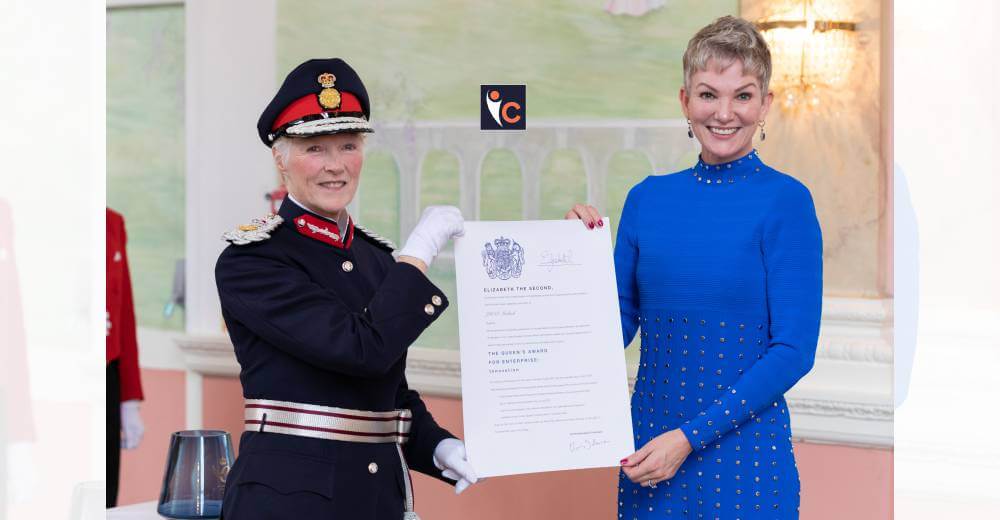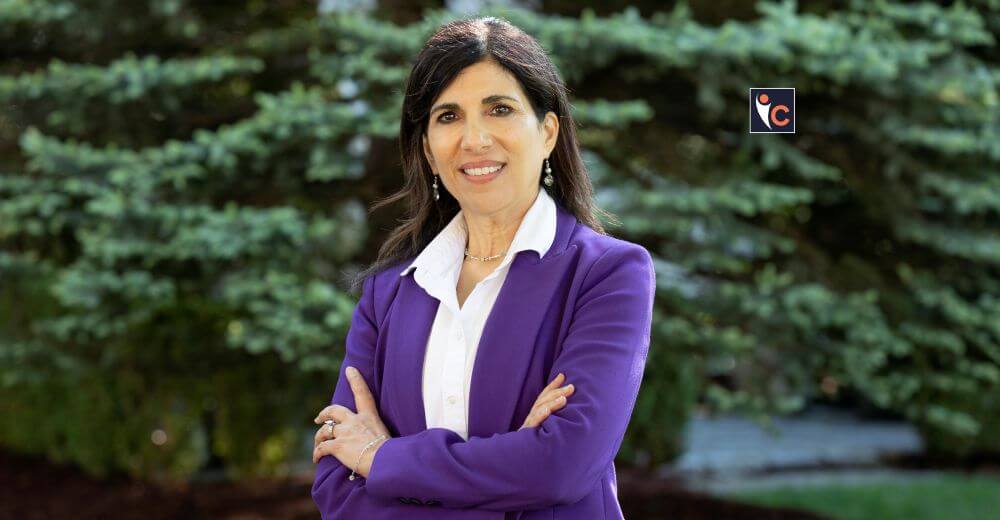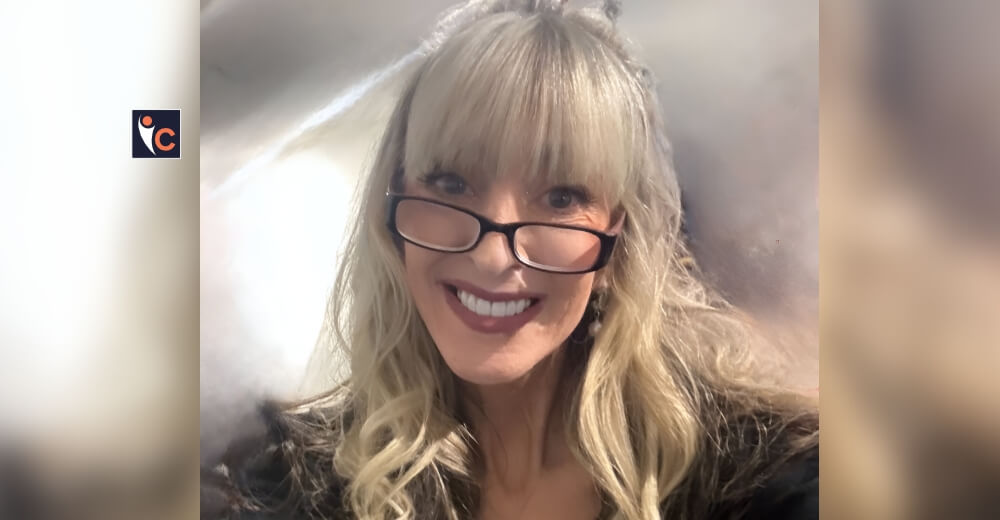We innovate and bring new technology to market faster than ever before. The number of medical devices being introduced to healthcare professionals in 2022 is breathtaking, and there is no sign of slowdown: quite the opposite: COVID has created a desperate need for additional revenue streams and increased pressure on financial viability in companies that have barely survived the pandemic.
“MedTech companies must have made billions during the pandemic.”
Often I hear the incorrect perception that all healthcare companies must have done well during the pandemic; in fact, the opposite is true. The only areas that really flourished were PPE and ventilation and a range of drugs. The rest were in free fall: surgical devices use dropped off a cliff during the lockdown and has remained low. Elective surgeries were postponed, and now we see years of demand, but a decimated workforce, overworked and underfunded, with an enormous mental health bill to pay for those on the frontlines still paying the price of their heroic efforts.
Hearing the CEO of Cleveland Clinic London, Brian Donley, voice his insightful thoughts about the gap in organizations around the world with regards to available tech and the level of education in staff members last week at a meeting arranged by European Healthcare Private Equity Association (EHCPEA) and McDermott Will & Emery, he is of course spot on, and showing the skills of a strong and strategic healthcare leader in 2022. Cleveland Clinic is at the very forefront of innovation in medicine, with the top surgeons and caregivers in the world. If THEY have identified a gap, it goes without saying that the gap in public healthcare systems around the world will be absolutely mind-blowing. And neither time nor funds are available post-COVID to close the gap.
Impact on Innovation
While companies strive to innovate better, faster, and disruptively, their innovations’ users are falling increasingly behind. The interest and acceptance of new technology is dwindling, and so are the economic resources for introducing such tech. The bigger the leap forward, the higher the hurdle. Effectively, we are putting handcuffs on innovation and, at the same time, demanding more investment from medical device companies with changing regulations, additional taxes, and the cost of material and production skyrocketing.
International conferences for surgeons have been a telling sign for years: the exhibition hall, which used to house all the big new launches with exciting reveals of new innovative devices, is now a quiet and slow affair, the only visitors to stands being other industry representatives filling the time and forging relationships that may come of use when it is time to change jobs. They are not even there to gain competitive advantage anymore; the knowledge of competitive devices is as advanced as the tracking of new launches and has moved away from the big arenas onto the internet.
Nobody has time (or budget) to wait with a market introduction, so the big shows are all gone: the times we spent hundreds of thousands on launch events with hundreds of top surgeons attending are gone too; as soon as companies obtain approval for new devices, they need to launch. Even month’s delayed revenue is the difference between make and breaks for a new product. No time to wait for the next conference, and even if there was tie, launching in an empty congress hall where attendees are more interested in seeing colleagues and catching up socially is a no-go for the marketing team.
Impact on Care
When news travel fast, they also impact the relationship between healthcare professionals and their patients. For years, ‘Dr Google’ has been hard at work, diagnosing and suggesting treatments for patients all over the globe, to the frustration and dismay of many GPs faced with printouts of symptoms and the recommended treatments. While self-assessment can be a useful tool for a physician to take into account as they evaluate the individual in front of them, a patient convinced they suffer from a rare disorder not seen since the 1700 can indeed be more harmful than helpful. The pressure on time isn’t helping; it is hard enough to understand what is actually wrong with someone without having to spend time debunking myths from the internet.
The constant reminder of things we don’t know chips away at confidence as well; no doctor will be affected by the odd patients convinced they are wrong, but when several (all?) meetings every day start with having to defend one’s own education and reasons of being a doctor, even the sturdiest of professionals tend to start to wobble. Doctors are training to avoid risk at all costs, but with additional questioning, we all start to second-guess our abilities. When trying to remember if we closed the front door or put salt on the past, this is fairly harmless. When it affects a doctor making life-changing decisions, doubt and lack of confidence are not just dangerous, it is potentially lethal.
Don’t get me wrong, I am as much for a healthy dose of self-assessment as the next person, but I am also acutely aware that there is a healthy level and then a harmful level.
We (Innovators) Need to Change
So if innovation is going too fast and we are leaving users (customers) behind, how do we continue to drive improvement in care in a safe and effective way? Or do we blindly and naively continue forward, not addressing the increasing gap between what we COULD do and what we are CAPABLE of doing as healthcare professionals?
Intelligent and responsible innovators now take a step back and look at innovation in healthcare differently. The days where we can just innovate in things are gone; we must think broader. We must start with assessing not just what users need or what would make healthcare better, but also assess what the life capabilities are in healthcare, and how to bridge that gap. Just because we CAN design a better device, doesn’t mean we should, not without designing the roadmap of bringing our users with us.
Assessing new innovation needs to move from its fairly limited scope of user requirements to a broader set of criteria: readiness of not just adopting and implementing said innovation, but also the capability of entire organizations as well as the impact and response from patients; these will all be highly relevant criteria impacting the road to adaptation of any new technology.















